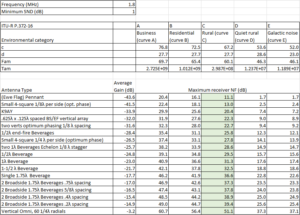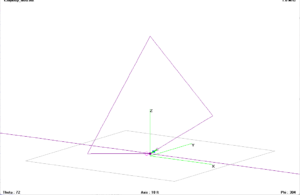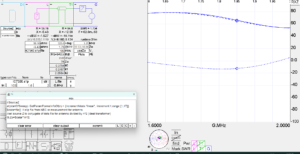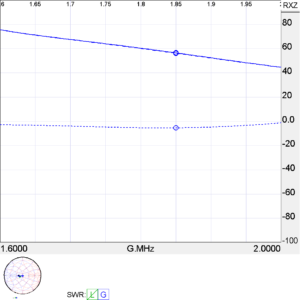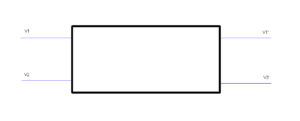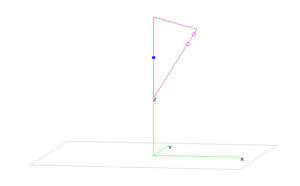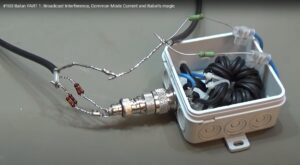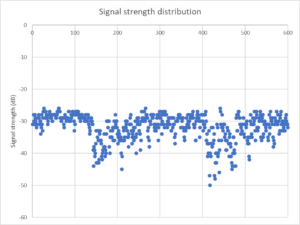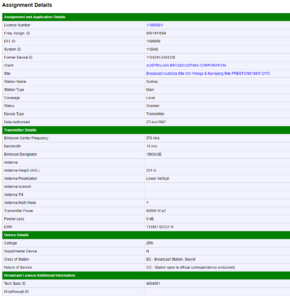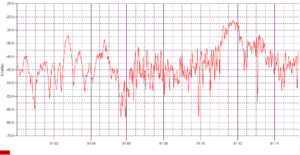This article explores the design / analysis of a passive receive system for the 160m band, determining the maximum receiver noise figure (NF) to achieve a specified maximum S/N degradation (SND) by receiver internal noise.
For explanation of the metric Signal to Noise Degradation (SND), see Signal to noise degradation (SND) concept.
The antenna data table given uses a tabulated average gain for a set of interesting 160m antennas published by Tom Rauch (W8JI) at https://www.w8ji.com/receiving.htm . Read the whole article, it is interesting and relevant.
External noise is estimated using ITU-R P.372-16, and results are tabulated for the five noise environment categories used in ITU-R P.372-16.
The example and calculations assume linear systems, if there is significant nonlinearity that gives rise to significant IMD, IMD noise depends on the specific scenario (including receive spectrum) and is not captured by this analysis.
Maximium receiver NF for given SND
Let us assume that noise arrives equally from all directions. In that case, the average gain of the antenna is used to determine the noise power captured, \({Gain}_{avg}={Gain}_{max}-\text{Directivity}\).
The table above uses Rauch’s tabulated average gain for a range of 160m antennas, and calculates the maximum receiver NF to achieve the specified 1dB maximum SND. Continue reading Receive only antenna for 160m – maximum receiver NF for SND
